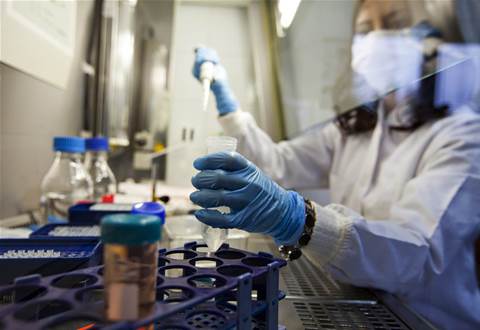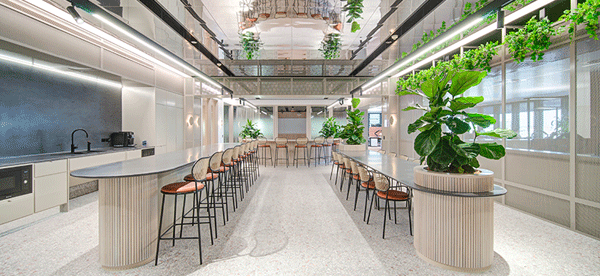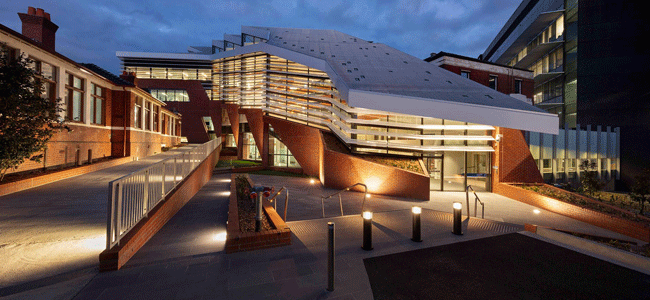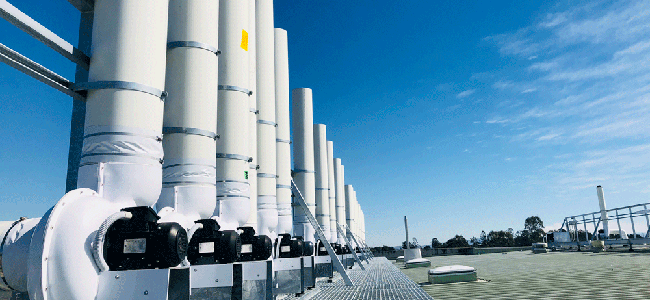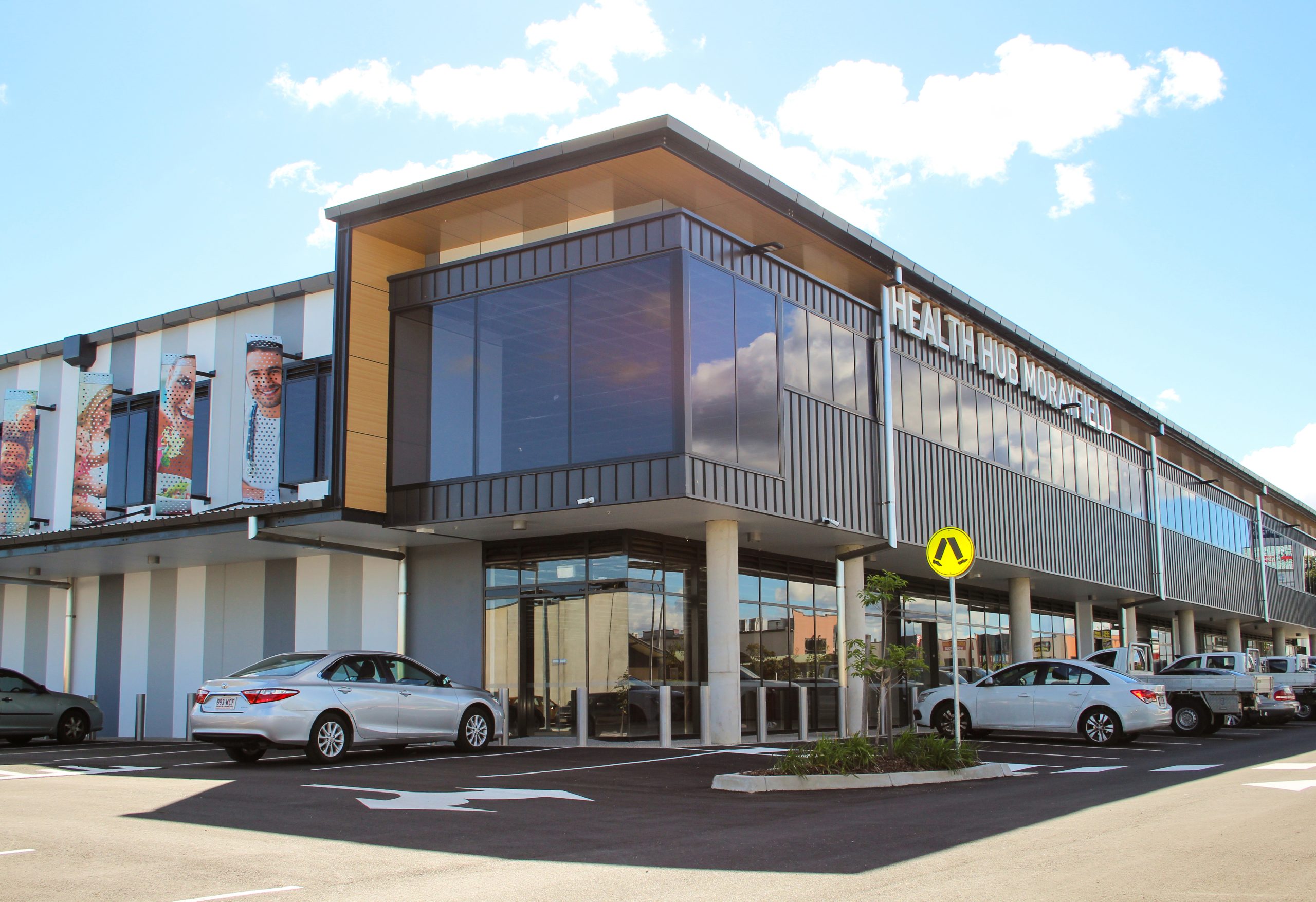Projects
Molecular Genetics & Elo Life Systems Lab
Health
Sector
21 Weeks
Duration
$3M
Value
400m2
Size
2020
Date
QUT Gardens Point Campus, Brisbane
Location
RAL Architects
Design
Genomics is a rapidly evolving field, critical to cutting-edge health care and personalised medicine. QUT is at the forefront of this discipline with their Genomics Research Centre, a research facility that focuses on the identification of genes involved in common human disorders and the translation of this research into new diagnostics and therapeutics.
How can we feed the world’s skyrocketing population? There will be 9.5 billion people living in the world by 2050 – an increase of more than 2 billion over the next 30 years. Food production will need to double from current levels to meet this demand. QUT’s Centre for Tropical Crops and Biocommodities (CTCB) is working with food producers to develop essential crops that can thrive in drought, resist disease, and deliver much-needed nutrition to people all over the world.
A new translational research-focused partnership between food security and biotechnology company Elo Life Systems and QUT will offer hope for Australian farmers through the development of more resilient and nutritious crops. Elo Life Systems-Australia, launched this week at QUT’s Gardens Point campus, will use Elo’s genome-editing and multi-scale biology platforms to develop and commercialise protein-rich and nutritionally enhanced crops in collaboration with QUT researchers. The work will focus on tropical and sub-tropical horticultural and grain crops of relevance to Australia, including pulse legumes such as chickpeas and mung beans.
Elo Life Systems team of creative minds is dedicated to improving human health and wellness through food by working across the value chain, integrating technologies and enabling efficient food production systems. QUT engaged Quadric to deliver the Molecular Genetics Lab in Q5 at Gardens Point Campus to collaborate with Elo Life Systems to continue their ground breaking work. Quadric were engaged to deliver the lab on a construct only basis working in conjunction with the designers RAL and the project managers Cadence. The existing space housed offices and required complete strip out, followed by extensive services rough-in to prepare for it’s proposed use. Specialist laboratory services and equipment featured heavily in the space. The laboratory required to be certified to both PC2 and BC2 standards which involved careful consultation with the third party auditors in order to identify and implement correct working procedures to ensure that there were minimal defects at final inspection time. The project was delivered on time and to a high standard, meeting not only all necessary scientific standards but also to a bespoke quality expected from this joint partnership.


